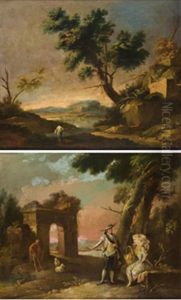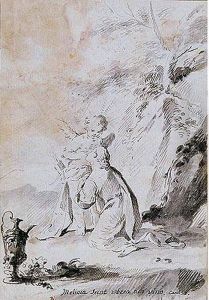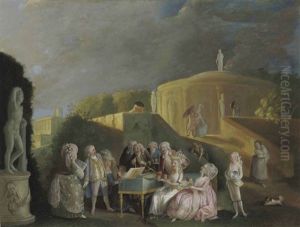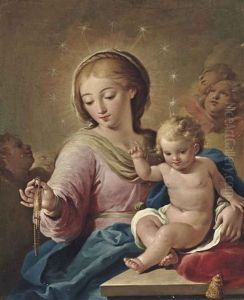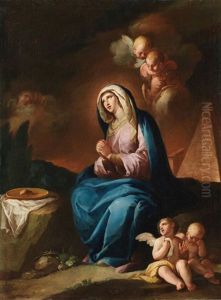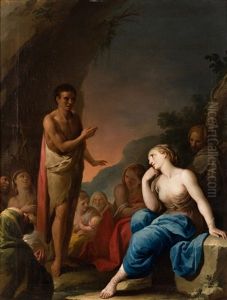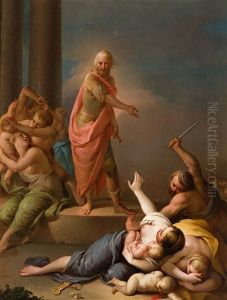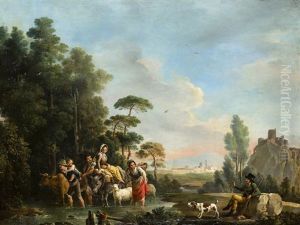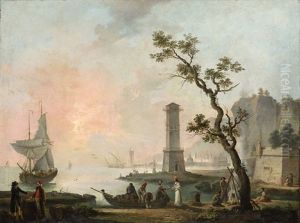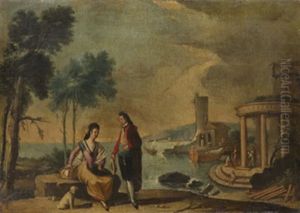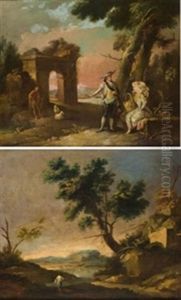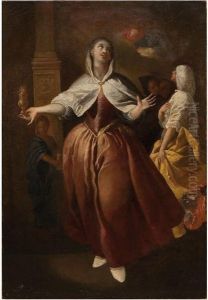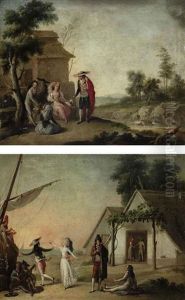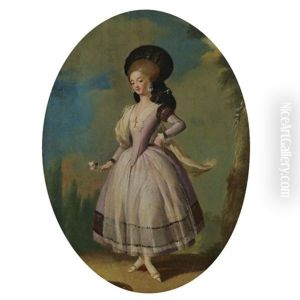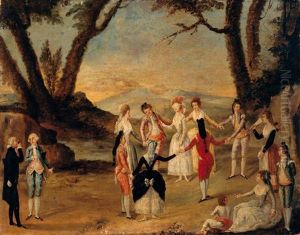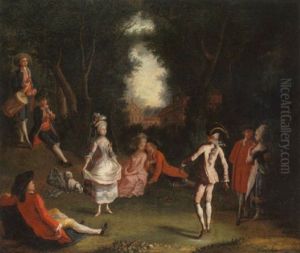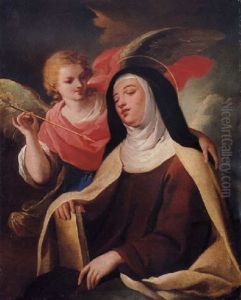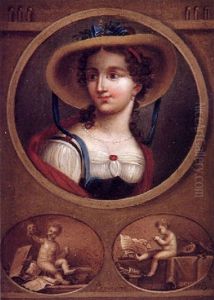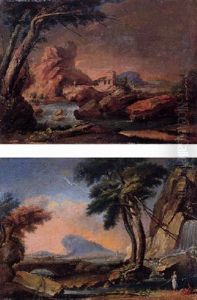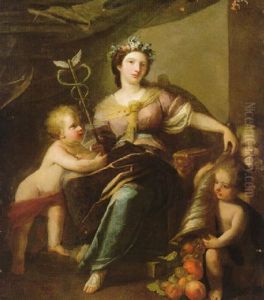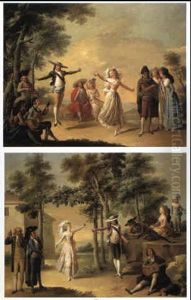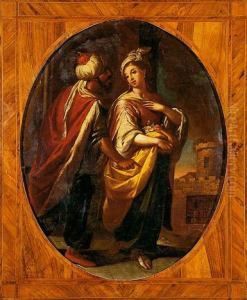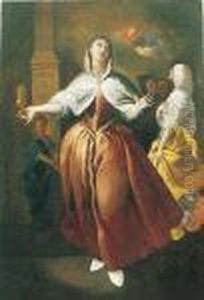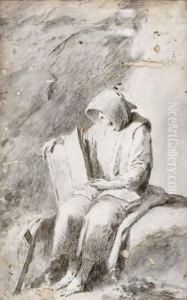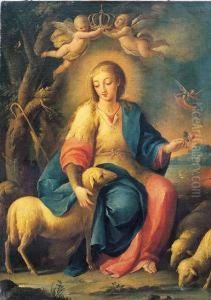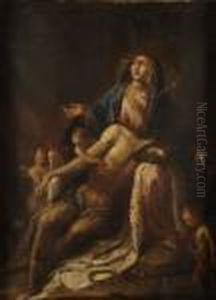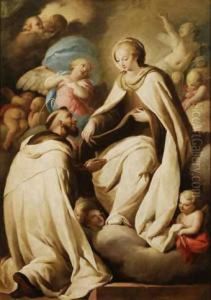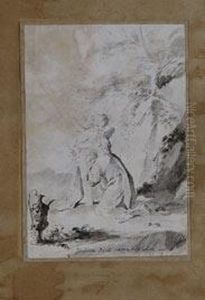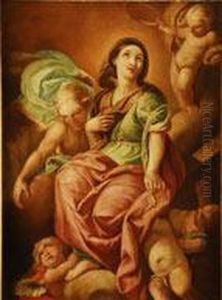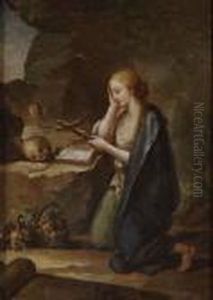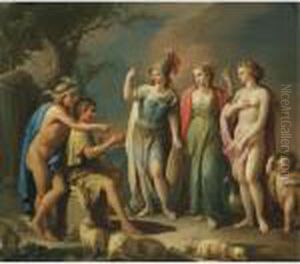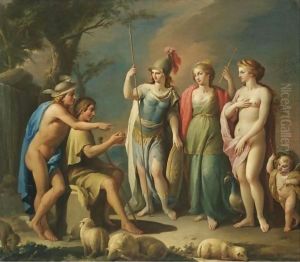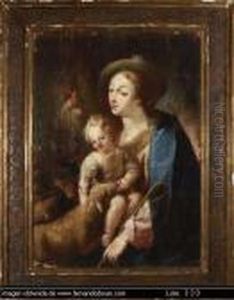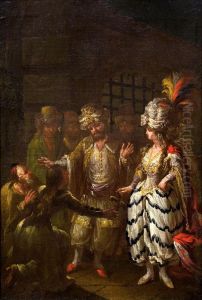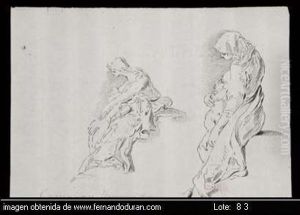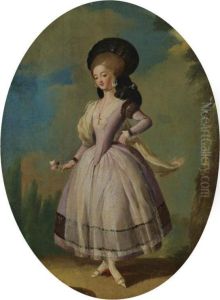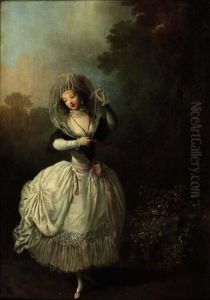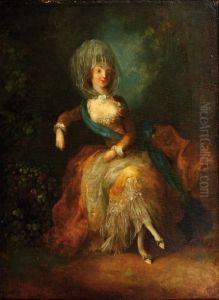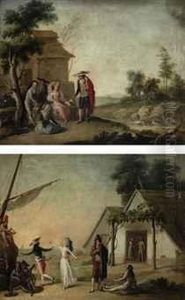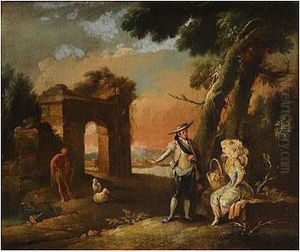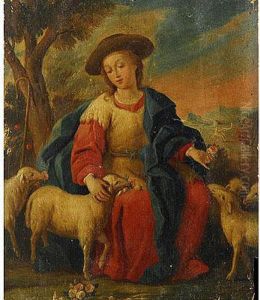Jose Camaron Y Boronat Paintings
José Camarón y Boronat was a Spanish painter, born in Segorbe, in the province of Castellón, Spain, on January 2, 1731. He was a prominent artist of the late Baroque and early Neoclassical periods. His father, José Camarón Bonanat, was also a painter, and his brother, Manuel, was an engraver, which suggests that he grew up in an environment conducive to his development as an artist.
Camarón y Boronat received his early training from his father, and later he moved to Madrid, where he continued his studies under the guidance of the court painter, Antonio González Velázquez. His skills were further refined in Rome, where he was influenced by the works of classical antiquity and the Italian Renaissance, as well as by the emerging Neoclassical style.
Upon returning to Spain, Camarón y Boronat achieved significant recognition. He was appointed as a painter to the court of Charles III and was later named the director of the Royal Academy of Fine Arts of San Carlos in Valencia, where he also served as a professor. His contributions to the Academy were notable, as he played a key role in the development of the arts in the Valencia region.
His artistic oeuvre includes religious paintings, frescoes, and tapestry designs. Camarón y Boronat had a particular talent for capturing the nuances of light and shadow, which is evident in his dramatic and emotive religious scenes. His works are characterized by their elegance, refined compositions, and the harmonious integration of figures within architectural settings.
José Camarón y Boronat passed away on July 14, 1803, in Valencia. His legacy lives on in his contributions to Spanish art, particularly in the transition from the Baroque to the Neoclassical style. His paintings can be found in various churches and museums, serving as a testament to his skill and artistic vision.
